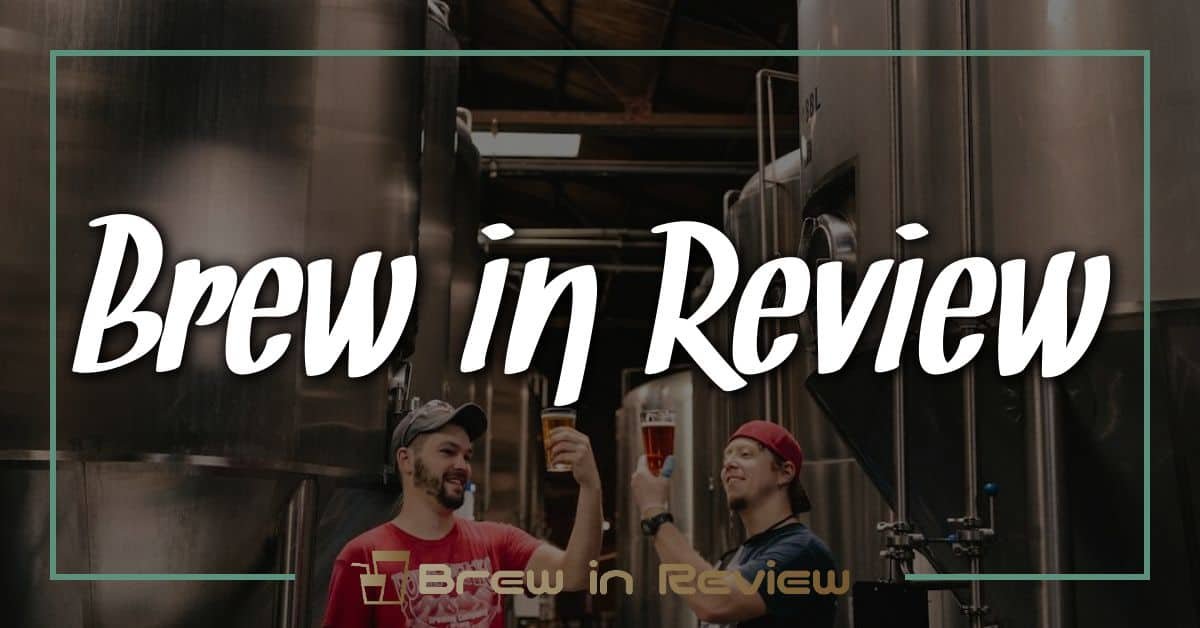There’s something special about sharing a cold brew with friends, but have you ever thought about taking it up a notch with a beer swap? It’s a fun way to explore new flavors and support local breweries while connecting with fellow beer enthusiasts. Whether you’re a seasoned connoisseur or just starting to dip your toes into the craft beer scene, organizing a beer swap can be an exciting adventure.
Understanding Beer Swaps
Beer swaps offer an exciting opportunity for beer enthusiasts to share and sample a variety of brews. These events foster connections among fellow beer lovers while supporting local breweries.
What Is a Beer Swap?
A beer swap is a gathering where participants exchange bottles or cans of their favorite beers. Each person brings a curated selection, allowing everyone to taste unique brews they might not find otherwise. Some swaps focus on specific styles, while others embrace mixed selections for a wider range of flavors.
Benefits of Participating in Beer Swaps
Participating in beer swaps comes with various advantages:

- Exploration of New Flavors: Swaps encourage trying brews from different breweries and regions.
- Community Connection: Swaps bring together like-minded individuals who share a passion for craft beer.
- Support for Local Breweries: Participants often showcase local offerings, promoting small businesses in the community.
- Learning Opportunities: Each swap can introduce discussions about brewing techniques and flavor profiles, enhancing knowledge among participants.
- Cost-Effective Tasting: Swapping allows individuals to sample many beers without the cost of purchasing each one.
Beer swaps blend enjoyment and education, making them a worthwhile experience for any beer lover.
Planning Your Beer Swap
I find that planning is key to a successful beer swap. It creates excitement and ensures everyone enjoys the experience. Here’s how I approach the details.
Selecting a Theme or Focus
Selecting a theme adds a fun twist to the event. Consider choosing styles like IPAs, stouts, or seasonal brews. I often pick local breweries to support. Pair beers with food themes, such as BBQ or cheese pairings, for added fun. Encourage participants to share stories behind their selections. This builds connections and encourages discussion about tastes and brewing methods.
Setting a Date and Location
Setting a date and location can make or break your beer swap. Aim for a time that avoids major holidays or events to maximize attendance. I usually find weekends work best for most. For the location, consider a spacious backyard or a friend’s garage. If indoors, ensure there’s enough room for everyone to mingle comfortably. For a more relaxed vibe, I sometimes choose a local park, as weather permits. Always confirm the venue has the necessary licenses and complies with local laws regarding alcohol consumption.
Inviting Participants
Inviting participants to a beer swap is a pivotal step in ensuring a lively gathering. Engaging the right crowd fosters a spirit of camaraderie and enthusiasm.
Creating Guest Lists
Creating a guest list starts with identifying friends and fellow beer enthusiasts who share a passion for exploring new flavors. Include a mix of beer aficionados and newcomers; this ensures diverse tastes and experiences.
Aim for a guest count that matches your venue’s capacity, usually between 10 to 20 participants. Consider adding a few local homebrewers or brewery representatives; their knowledge boosts the experience. Always check in with invitees, as some might bring a plus one. Having a variety of palates makes the swap more enriching.
Effective Communication Strategies
Effective communication sets the tone for the event. Use group chats or social media platforms to keep everyone informed and engaged. Share details like the event’s theme, date, and location, ensuring clarity on what’s expected, such as the number of beers each guest should bring.
Send reminders a few days before the swap, highlighting any special instructions, like beer style preferences or specific glassware to use. Encourage participants to share their brewing backgrounds or favorite beers, sparking excitement and conversation. A friendly, open line of communication cultivates a vibrant atmosphere, making the beer swap more enjoyable for everyone involved.
Organizing the Event
Organizing a beer swap involves careful planning and attention to detail. I find that focusing on certain aspects makes the event fun and engaging for everyone involved.
Preparing Logistics
Preparation starts with choosing the right date and venue. I recommend opting for weekends, as they’re generally more convenient for attendees. Look for spacious venues like backyards, local parks, or community centers that can comfortably accommodate your guest list of 10 to 20 participants.
Next, create a clear plan for what beers to swap. I usually suggest that participants bring a mix of local craft brews and unique selections. Communicate guidelines about the number of beers each person should bring and whether they’ll provide tasting notes. This keeps the event organized and encourages discussion.
Additionally, think about supplies. Have tasting glasses, a cooler for storage, and snacks on hand. Consider incorporating educational elements, such as informational sheets on each beer’s style, description, and origin, which makes the experience more informative.
Tips for Successful Execution
Execution involves effective communication and engagement. Use group chats or social media to share event details and updates. I find that creating excitement beforehand helps set the tone.
During the event, establish a relaxed atmosphere. Encourage discussion among participants about their chosen beers. I’ve seen that when people share their insights and experiences, it fosters a sense of community and can even lead to new friendships.
Ensure everyone gets a chance to taste and learn about various beer styles. I often set up tasting stations where attendees can rotate and try beers at their leisure. This setup keeps the energy high and allows for spontaneous conversations about brewing techniques and flavors.
To wrap it up, keep the focus on sharing and appreciating craft beer. A successful beer swap not only introduces participants to new brews but also highlights the joy of brewing and enjoying beer together.
Post-Swap Activities
Post-swap activities can enhance the overall experience, deepening connections and sparking discussions about beer and brewing.
Gathering Feedback
Gathering feedback after the swap cultivates an ongoing dialogue about the beers. Encourage participants to share their thoughts on each beer, including flavors they loved and those they’d want to try again. Create a simple feedback form or use an app to collect opinions, focusing on what styles stood out or what breweries made a lasting impression. This feedback helps brewers and homebrewers like me understand participants’ preferences, allowing us to tailor future swaps for maximum enjoyment.
Keeping the Community Engaged
Keeping the community engaged sustains interest in brewing and tasting activities. Organize regular follow-up meet-ups or virtual sessions to discuss favorite beers or brewing techniques learned from the swap. Create a social media group or an online forum as a hub for sharing recipes, brewing successes, or challenges. This platform fosters a supportive community atmosphere, where everyone can ask questions and share insights. Consider hosting mini brew days or tastings featuring local breweries to maintain momentum and enthusiasm in the craft beer scene.
Conclusion
Organizing a beer swap can be a rewarding experience that brings people together over a shared love for craft beer. It’s not just about the brews but the connections and conversations that flow as freely as the drinks.
Whether you’re a seasoned enthusiast or just starting to explore, there’s something special about discovering new flavors with friends. I can’t wait to plan my next swap and see what unique beers everyone brings to the table.
So gather your friends and get ready for a fun-filled event that celebrates local breweries and the joy of trying something new. Cheers to new tastes and great company!




